Dried rosemary is a versatile culinary herb that enhances both savory and sweet dishes with its concentrated flavor, long shelf life, and adaptability to various cooking techniques. This comprehensive guide covers everything you need to know about using dried rosemary effectively in your kitchen.
| Use Case | How to Apply | Recommended Amount |
|---|---|---|
| Roasted Vegetables | Lightly sprinkle over carrots, parsnips, or squash before roasting | 1/2 tsp per pound of vegetables |
| Homemade Bread | Mix into dough before baking for an herby twist | 1–2 tsp per loaf |
| Marinades | Add to olive oil, garlic, lemon mixtures for grilled chicken or lamb | 1 tsp per 1/4 cup of liquid |
| Infused Oils | Steep in warm oil for 1–2 weeks; strain before use | 1 tbsp per cup of oil |
| Sweet Treats | Try in shortbread cookies or honey cake for a floral note | 1/4 tsp per recipe |
Key Takeaway: Dried rosemary's concentrated flavor makes it ideal for slow-cooked dishes, dry rubs, and baked goods where its robust profile develops fully during cooking.
What Exactly Is Dried Rosemary?
Rosemary (Rosmarinus officinalis) is a perennial herb native to the Mediterranean region. When harvested and carefully dehydrated, it becomes dried rosemary — a potent, aromatic seasoning used worldwide in cooking, herbal remedies, and even cosmetics.
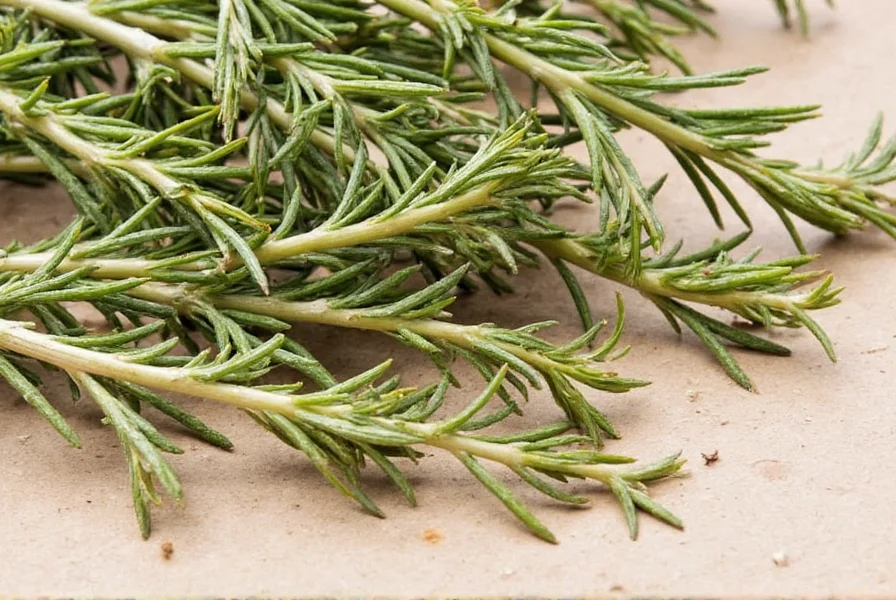
The drying process preserves its robust flavor profile while making it shelf-stable and convenient for long-term use. Whether crushed into powder or left as whole needles, dried rosemary retains much of the plant's natural oils and antioxidants.
Key Benefits of Using Dried Rosemary
Beyond its earthy, pine-like aroma and sharp taste, dried rosemary offers several practical advantages:
- Long Shelf Life: Unlike fresh herbs, which spoil quickly, dried rosemary can last up to a year or more if stored properly.
- Flavor Intensity: Its concentrated flavor means you can use less to achieve a powerful impact in your dishes.
- Versatility: Works well in roasted meats, breads, sauces, cocktails, and even desserts.
- Health Properties: Contains antioxidants and anti-inflammatory compounds like rosmarinic acid.
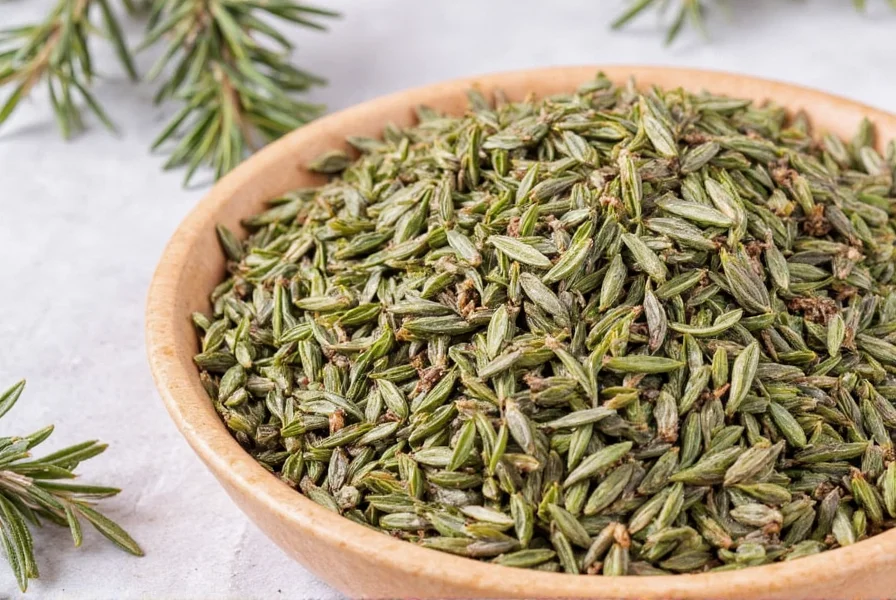
Creative Ways to Use Dried Rosemary in Cooking
Expand your culinary repertoire with these innovative applications:
| Dish Type | How to Use | Recommended Amount |
|---|---|---|
| Roasted Vegetables | Lightly sprinkle over carrots, parsnips, or squash before roasting | 1/2 tsp per pound of vegetables |
| Homemade Bread | Mix into dough before baking for an herby twist | 1–2 tsp per loaf |
| Marinades | Add to olive oil, garlic, lemon mixtures for grilled chicken or lamb | 1 tsp per 1/4 cup of liquid |
| Infused Oils | Steep in warm oil for 1–2 weeks; strain before use | 1 tbsp per cup of oil |
| Sweet Treats | Try in shortbread cookies or honey cake for a floral note | 1/4 tsp per recipe |
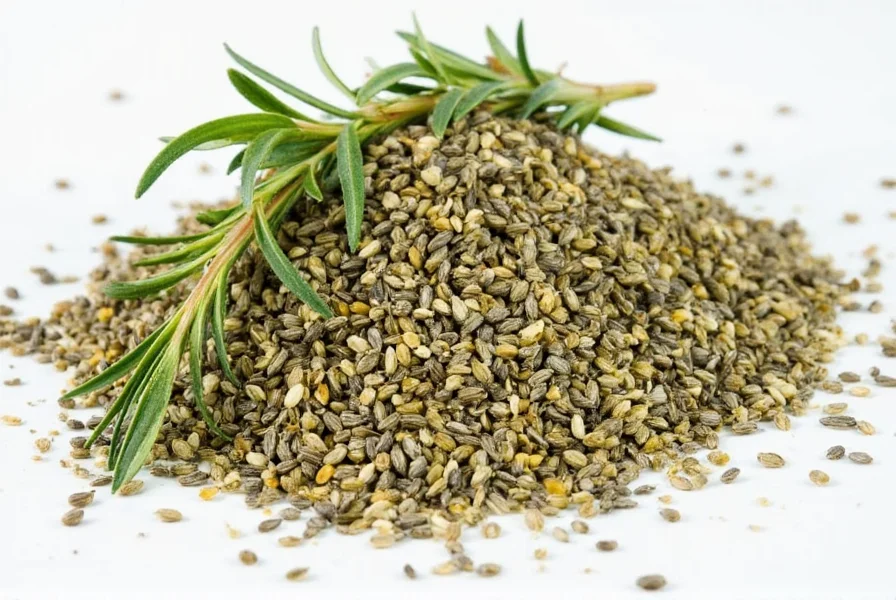
Buying Guide: How to Choose the Best Dried Rosemary
Not all dried rosemary is created equal. From bulk bins to gourmet bottles, here's how to pick the best one for your kitchen needs:
| Product Type | Key Features | Best For |
|---|---|---|
| Organic Whole Leaf Rosemary | Hand-harvested, air-dried, no additives | Home cooks who value purity |
| Premium Gourmet Crushed Rosemary | Finely ground, vacuum-packed | Busy chefs and bakers |
| Spice Blend with Rosemary Base | Combined with thyme, sage, and black pepper | Grill enthusiasts and carnivores |
| Organic Rosemary Essential Oil Capsules | Concentrated form, non-culinary | Naturopaths and DIYers |
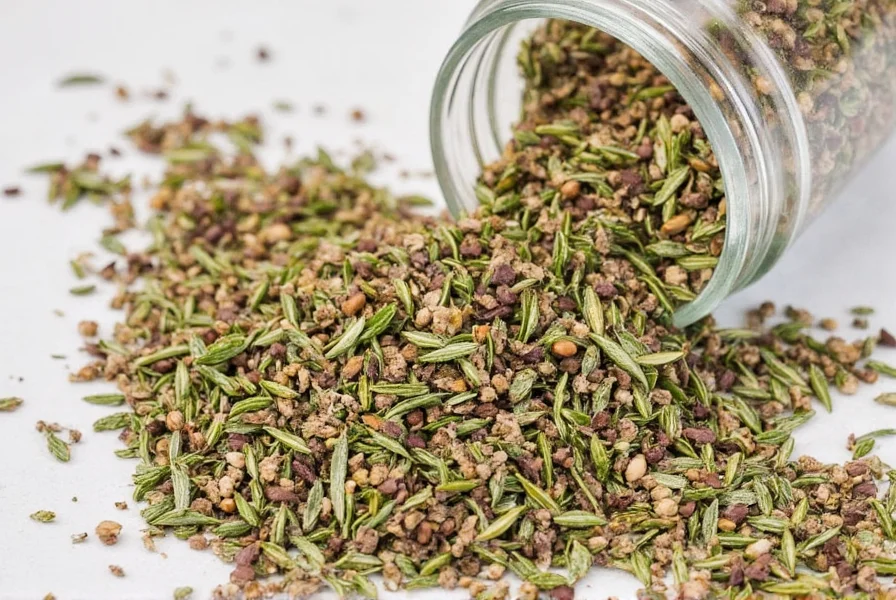
Proper Storage for Maximum Shelf Life
To keep your dried rosemary potent and flavorful, store it correctly:
- Airtight Containers: Always seal in glass jars or plastic containers to avoid moisture and oxygen exposure.
- Cool & Dry Place: Store away from heat sources like ovens or direct sunlight.
- Label It: Mark the purchase date so you know when to replace it (ideally every 6–12 months).
- Avoid Refrigeration: Unless in humid climates — then consider storing in the freezer for longer life.
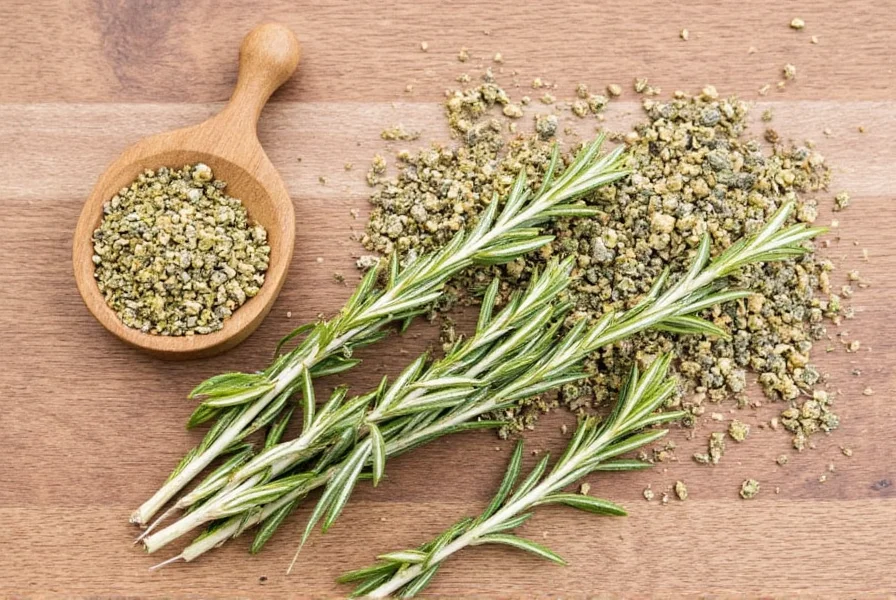
Fresh vs. Dried Rosemary: Which One Should You Use?
While both forms have their merits, choosing between fresh and dried depends on the situation:
| Aspect | Fresh Rosemary | Dried Rosemary |
|---|---|---|
| Flavor Profile | More delicate, grassy, subtle | Concentrated, intense, woody |
| Shelf Life | 3–5 days in fridge | 6–12 months unopened |
| Best Applications | Garnishing, sauces, quick sautés | Slow-cooked dishes, marinades, dry rubs |
| Preparation Ease | Needs chopping and rinsing | Pour-and-go convenience |
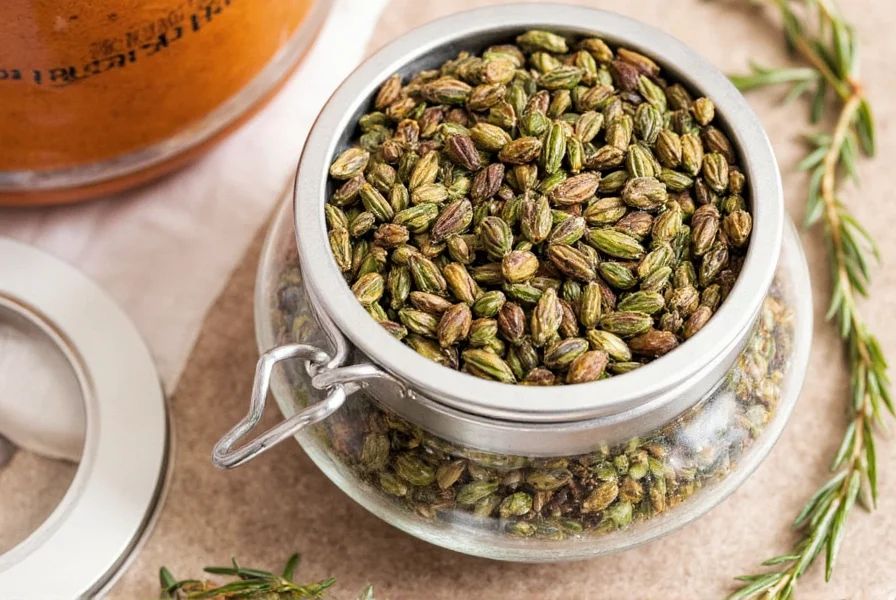
Frequently Asked Questions About Dried Rosemary
What are the top 3 benefits of using dried rosemary in cooking?
The top three culinary benefits are: 1) Its concentrated flavor allows you to use less while achieving maximum impact, 2) Its long shelf life means you always have this versatile herb on hand, and 3) Its ability to enhance both savory and sweet dishes makes it incredibly versatile across all courses of a meal.
How does dried rosemary transform dishes compared to fresh rosemary?
Dried rosemary offers a more concentrated, earthy flavor that stands up well to long cooking times. Unlike fresh rosemary, which can lose its delicate notes during extended cooking, dried rosemary releases its oils slowly, creating deeper, more complex flavors in slow-cooked dishes, roasts, and baked goods.
Can I substitute fresh rosemary for dried in recipes, and what's the proper conversion ratio?
Yes! The general rule is to use 1 teaspoon of dried rosemary for every tablespoon of fresh rosemary called for in a recipe. This accounts for the concentration that occurs during the drying process. For best results, add dried rosemary earlier in the cooking process than you would fresh.
What are the best dishes to use dried rosemary with for maximum flavor impact?
Dried rosemary shines in roasted meats (especially lamb and chicken), root vegetables, hearty soups and stews, breads, and even some desserts like shortbread or honey cakes. It's particularly effective in dishes where longer cooking times allow its flavors to fully develop and infuse throughout the dish.
Does dried rosemary lose potency over time, and how can I tell if it's still good to use?
Yes, dried rosemary gradually loses potency after about 6–12 months. To test if it's still good, rub a small amount between your fingers and smell it. If the aroma is weak or musty rather than piney and fragrant, it's time to replace it. Proper storage in an airtight container away from light and heat will maximize its shelf life.
Can I use dried rosemary in sweet dishes, and what are some creative dessert applications?
Absolutely! Dried rosemary adds a surprising and sophisticated note to sweet dishes. Try it in lemon or orange cakes, shortbread cookies, honey-sweetened desserts, or paired with figs and pears. For desserts, use about 1/4 teaspoon per recipe to avoid overpowering the sweet flavors with its pine-like essence.
Conclusion
Dried rosemary may not always steal the spotlight, but it deserves a starring role in your spice collection. With its rich aroma, long shelf life, and ability to elevate both savory and sweet dishes, it's a must-have in any well-stocked kitchen. From roasts to rustic breads, and even homemade infused oils, this humble herb packs a punch. So next time you reach for salt and pepper, don't forget the rosemary!
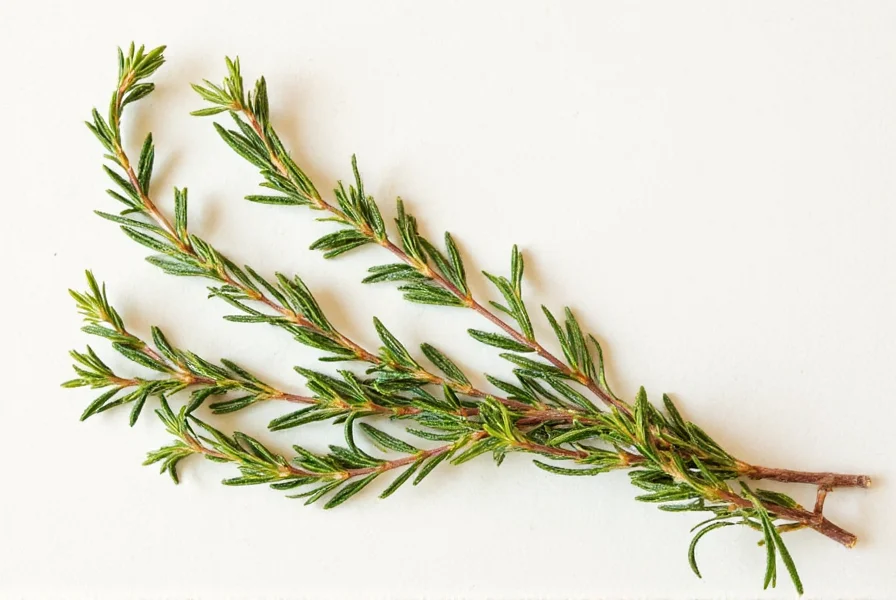

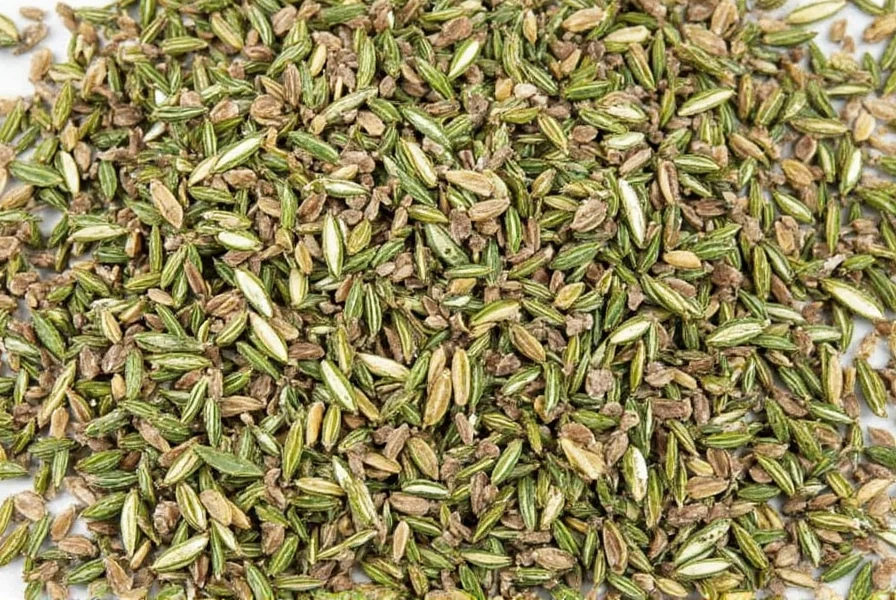









 浙公网安备
33010002000092号
浙公网安备
33010002000092号 浙B2-20120091-4
浙B2-20120091-4